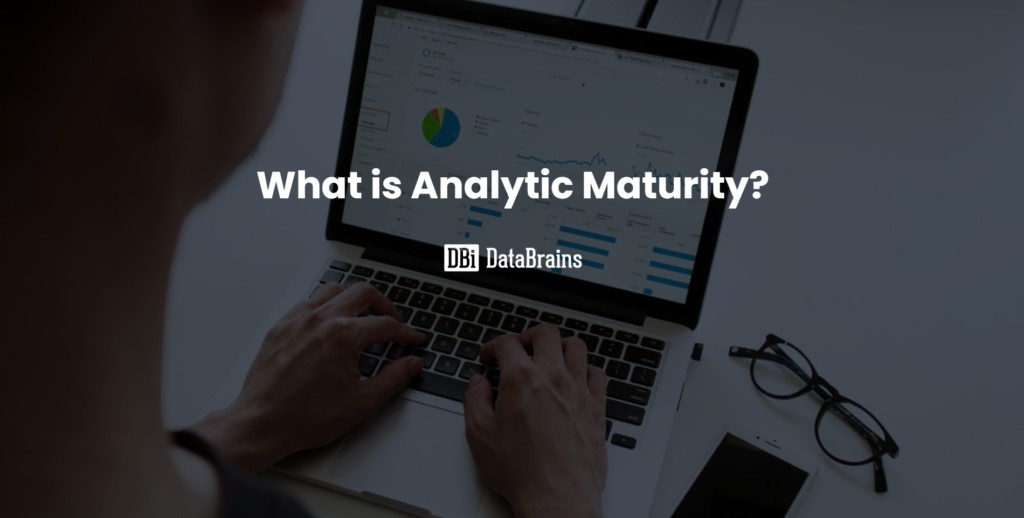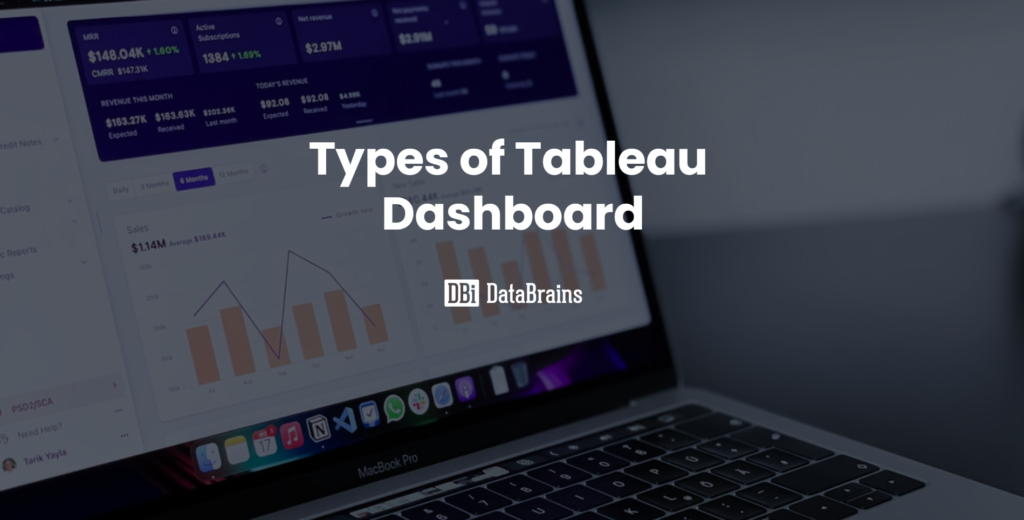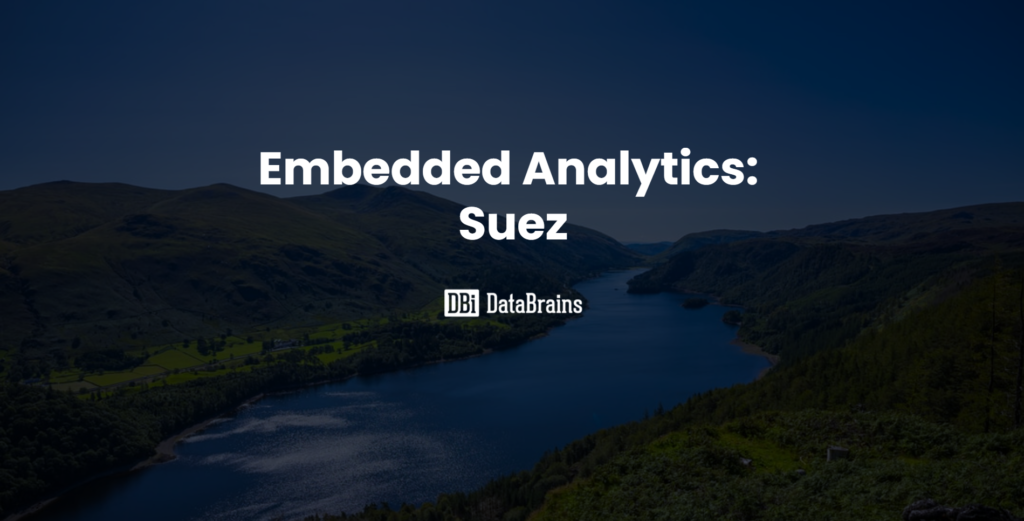Background:
Drexel University works with FIRST and FOCUS to reduce injuries in the fire service.
FIRST is a research enterprise organized to support the US Fire and Rescue Service through objective data collection and analysis. FOCUS provides fire departments with objective data to reduce injuries in the fire service.
All participating departments will receive customized reports of their safety culture scores, and where applicable, scores by individual stations within their department. As appropriate, fire departments will be able to benchmark their scores to departments in their FEMA region, and to
similar departments throughout the US.
Organizational Challenges:
Drexel University receives fire safety survey results in both paper and online formats. The survey data are then combined into an Excel file after a tedious manual data clean-up effort.
Though the Drexel University team achieved good success with their initial four dashboards, they wanted a more sophisticated distribution of survey data with the ability to print in A3 paper size dimensions.
The Challenge:
The data originated from a variety of different sources. One system housed online survey data, and the other held paper survey results. Flat files with hundreds of columns wide stored demographics by department. Manual clean-up of this data took hours and hours, and inconsistencies were prevalent. Furthermore, no automated process existed to print the PDFs for the nearly 300 departments. Drexel University certainly had a challenge ahead of itself.
The Solution:
In the first phase, the certified DataBrains team prepared the manually scrubbed data for analytics. As they joined the data in Tableau, they embarked on the mission to build a 14-page Tableau report that could be printed in A3 format.
As the DataBrains team disseminated over 150 PDFs to the consumers of those data. PDFs were printed manually, but the process was certainly faster than it had been before.
In the second phase, Drexel wanted to double the number of reports in circulation to 300 PDFs.
This time around, Databrains used Tableau Prep to clean up the raw data and combine them with existing data.
Below is a summary of steps taken:
Tableau Prep Data Flow:
- Clean up data by ensuring field names match on both sources.
- Convert Excel formulas to Tableau Prep.
- Combine the departments with different names across the sources.
- Change the data type to match both paper and online data formats.
- Pivot the fire station data from flat files to columns, and then aggregate the members and respondents to match across various sources.
- Join the raw data set with all department and survey information, and then union the online and paper source together.
- These data were joined to their original data source utilized in the first phase of the project.
- Additional business rules were applied to data preparation. For example, if a particular department took the survey again, the DataBrains team the most current survey results were included in the report.
Once the data flow was ready, DataBrains re-connected the existing Tableau dashboards to the new extract generated by Tableau Prep!
Below is the Tableau Prep data flow:












